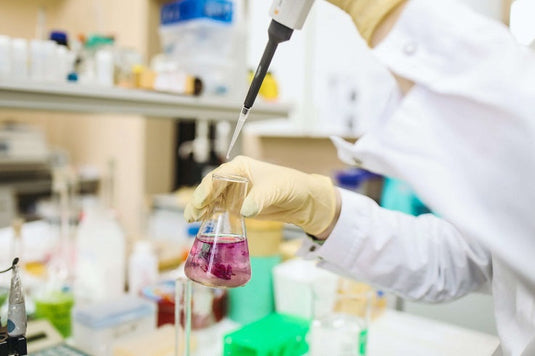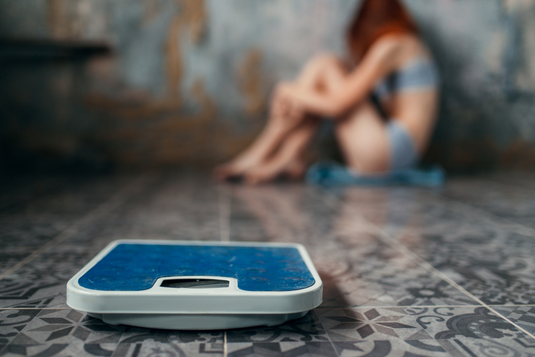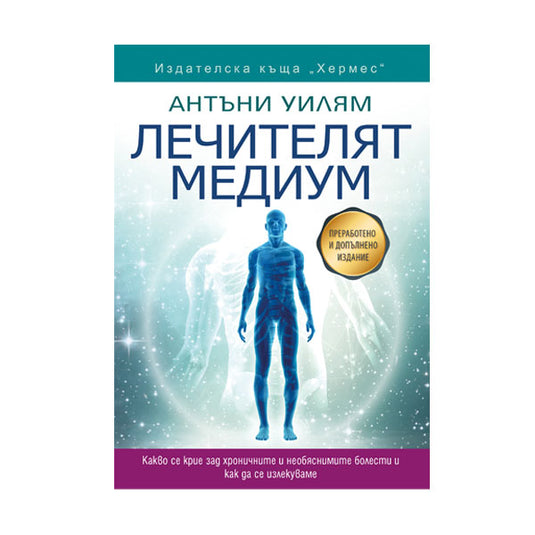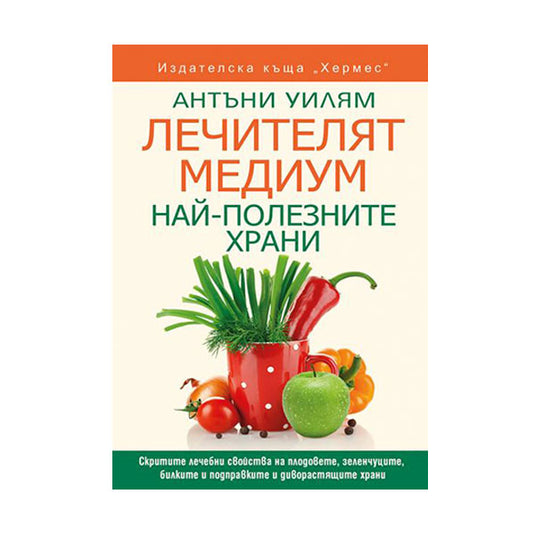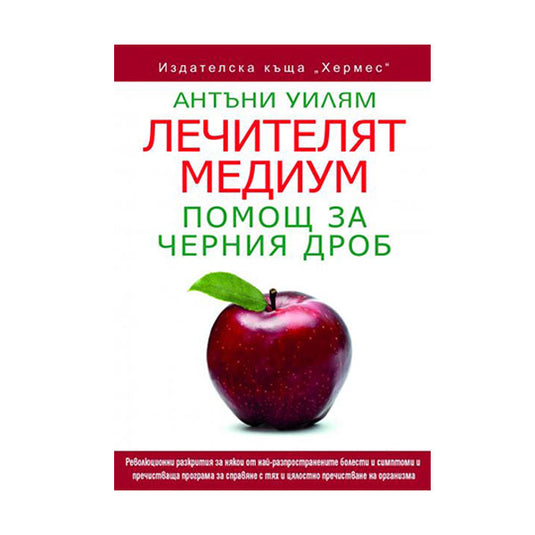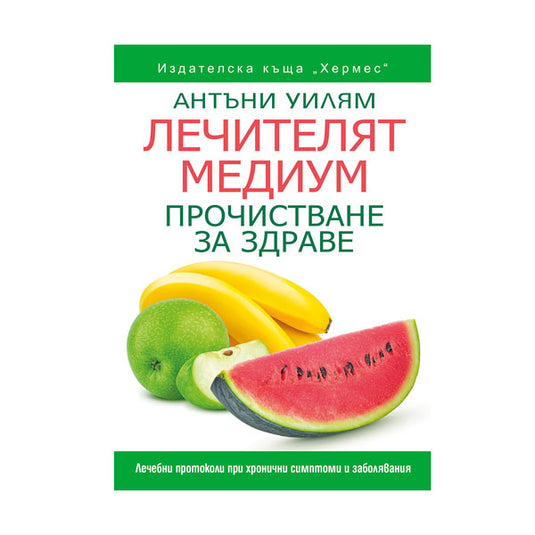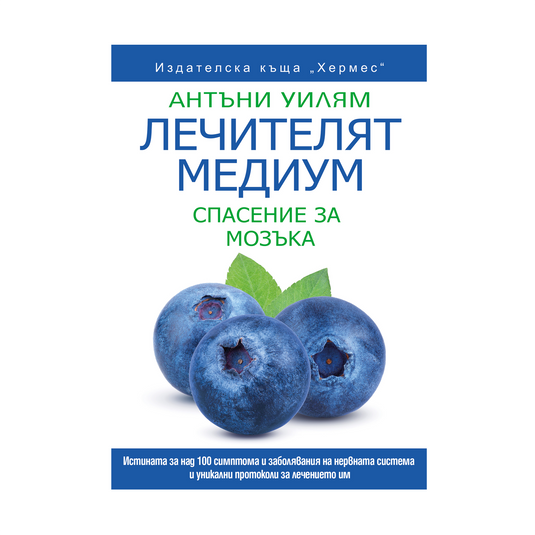Industrial chemicals are some of the most terrible pests we come into contact with on a daily basis. You don't have to use them in your home to be exposed to them. They can be airborne from surrounding homes, parks, and neighborhoods, be in or outside your workplace, or come in any number of other ways.
The most common pests from industrial chemistry:
- Chemical fertilizers
- Chlorine
- DDT
- Fluoride
- Fungicides
- Herbicides
- Insecticides
- Larvicides
- Other pesticides
- Exposure to any type of smoke
Let's take a brief look at some of these pests. You can read more about each of them in Anthony William's book "Help for the Liver" .
DDT, other pesticides, and herbicides are the main cause of immune system suppression - they weaken people's bodies so that pathogens and pollutants can take advantage of them. Generation after generation, DDT can make family members susceptible to the same diseases. So a common condition that can be cured by detoxification begins to be passed down as a genetic problem that can be much harder to deal with.
Although DDT is now history, it still haunts us—for example, by making our livers hypersensitive (viruses are another cause of major liver disorders), causing diabetes, enlarging the spleen and heart, causing indigestion, triggering migraines and chronic depression, creating skin diseases, and disrupting hormones. We are still exposed to DDT because it remains in the environment and enters our food chain.
Fungicides are increasingly being used, sprayed on new clothing and manufactured goods – from jeans to dresses, underwear and outerwear, socks, shoes, furniture, mattresses and blankets. Originally designed to eliminate mold – such as fungi on crops and those that spread in hospitals, fungicides now have a much wider range of uses. Fungicides have a perfume scent that is easy to distinguish if you pay attention. Whenever you can wash or wipe down a new item you have purchased, do so.
Fluoride is a byproduct of aluminum that is highly toxic to the liver, causing damage to liver cells.
Chlorine is highly toxic to the liver, it lowers the immune function of the organ.
You can read more about the group of industrial chemicals that cause problems in Anthony William's book "Help for the Liver" . Information on how to cleanse these toxins from your body and heal yourself from chronic diseases, symptoms and conditions can be found in both "Help for the Liver" and "Cleanse for Health" .